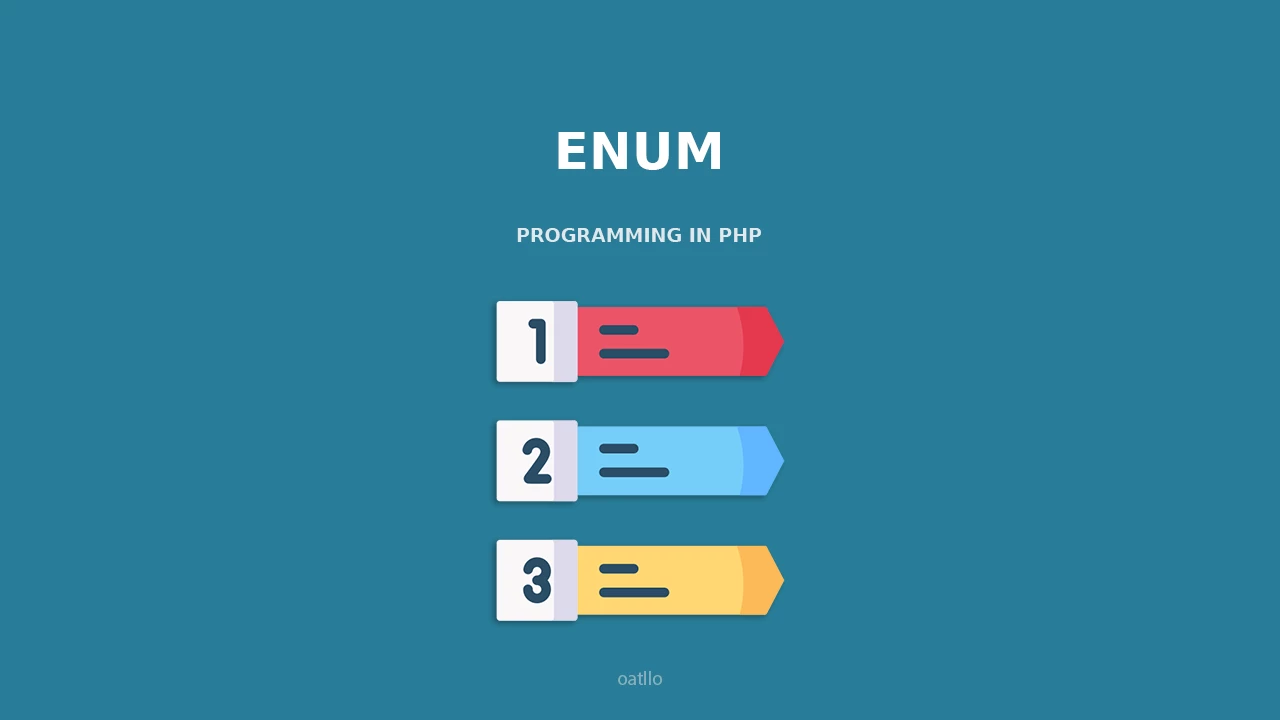Understanding PHP Constant Values
In the world of PHP programming, constant values play a crucial role in building robust and maintainable applications. A constant in PHP is a simple name or identifier that is associated with a value, making it easy to refer to that value throughout your code without the risk of altering it. This ensures that critical values remain unchanged during the execution of a script, which is essential for stable PHP development.
Defining Constant Values in PHP
Defining a constant value in PHP is straightforward. You can use the define() function, which takes two parameters: the name of the constant and its value. Once defined, a constant cannot be redefined or undefined, which distinguishes it from a variable. Here's a simple example:
define('PI', 3.14);This line of code creates a constant named PI with a value of 3.14. You can then use PI anywhere in your script to refer to that constant value.
Benefits of Using Constant Values in PHP
Utilizing constant values provides several advantages in PHP development:
- Enhanced Readability: Using named constants improves the readability of your code, allowing others (and your future self) to understand the purpose of specific values easily.
- Ease of Maintenance: If a value changes, you only need to update it in one place, reducing the risk of errors across your codebase.
- Scope Management: Constants defined in PHP are global by default, making them accessible across various scopes of your application.
Global and Local Constants in PHP
When working with constant values in PHP, it's important to understand the scope. While constants are generally global, you can also define local constants within classes, which can help encapsulate functionality and prevent namespace pollution. This is particularly useful in object-oriented programming (OOP) in PHP.
Here is how you can define a constant in a class:
class Circle {
const PI = 3.14;
}Common Use Cases for PHP Constant Values
PHP constant values can be utilized in numerous scenarios, including:
- Storing configuration settings, like database connection strings.
- Holding application-wide constants, such as version numbers.
- Using them as flags to enable or disable features in your application.
Constant values are integral in creating efficient and effective PHP applications. To dive deeper into topics related to PHP constant values, check out the articles below.
